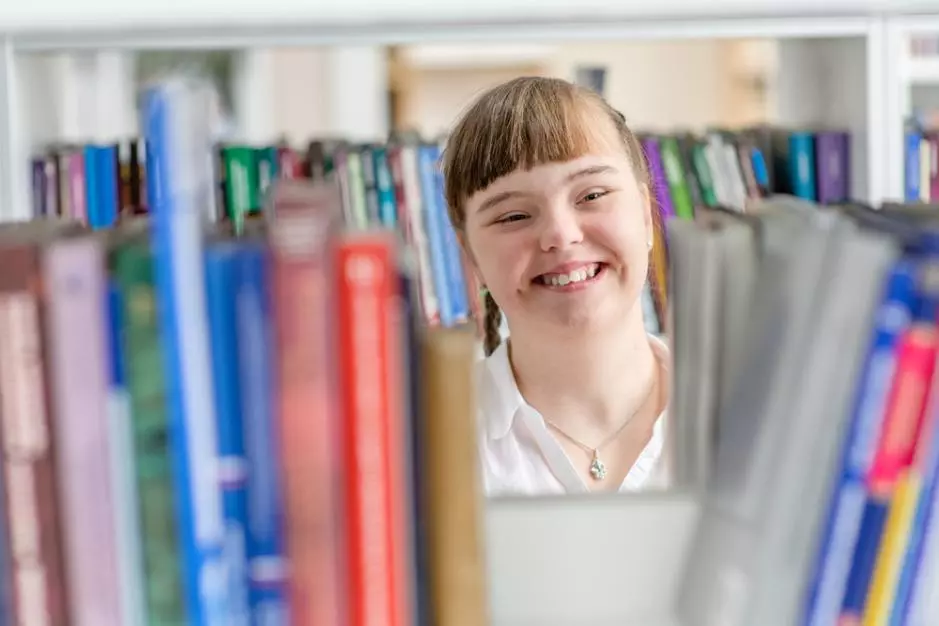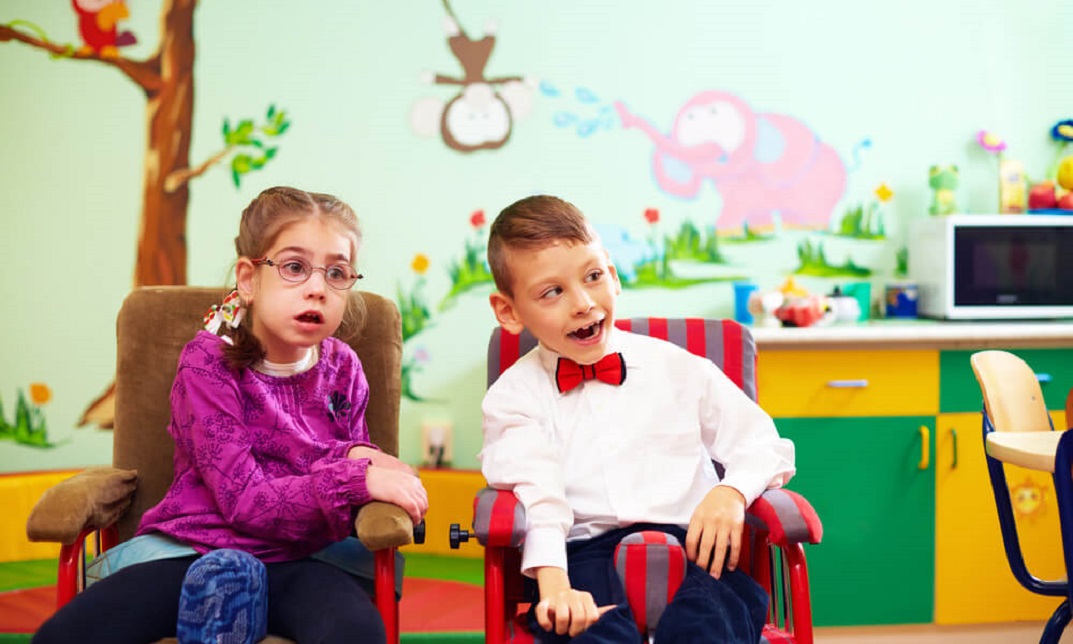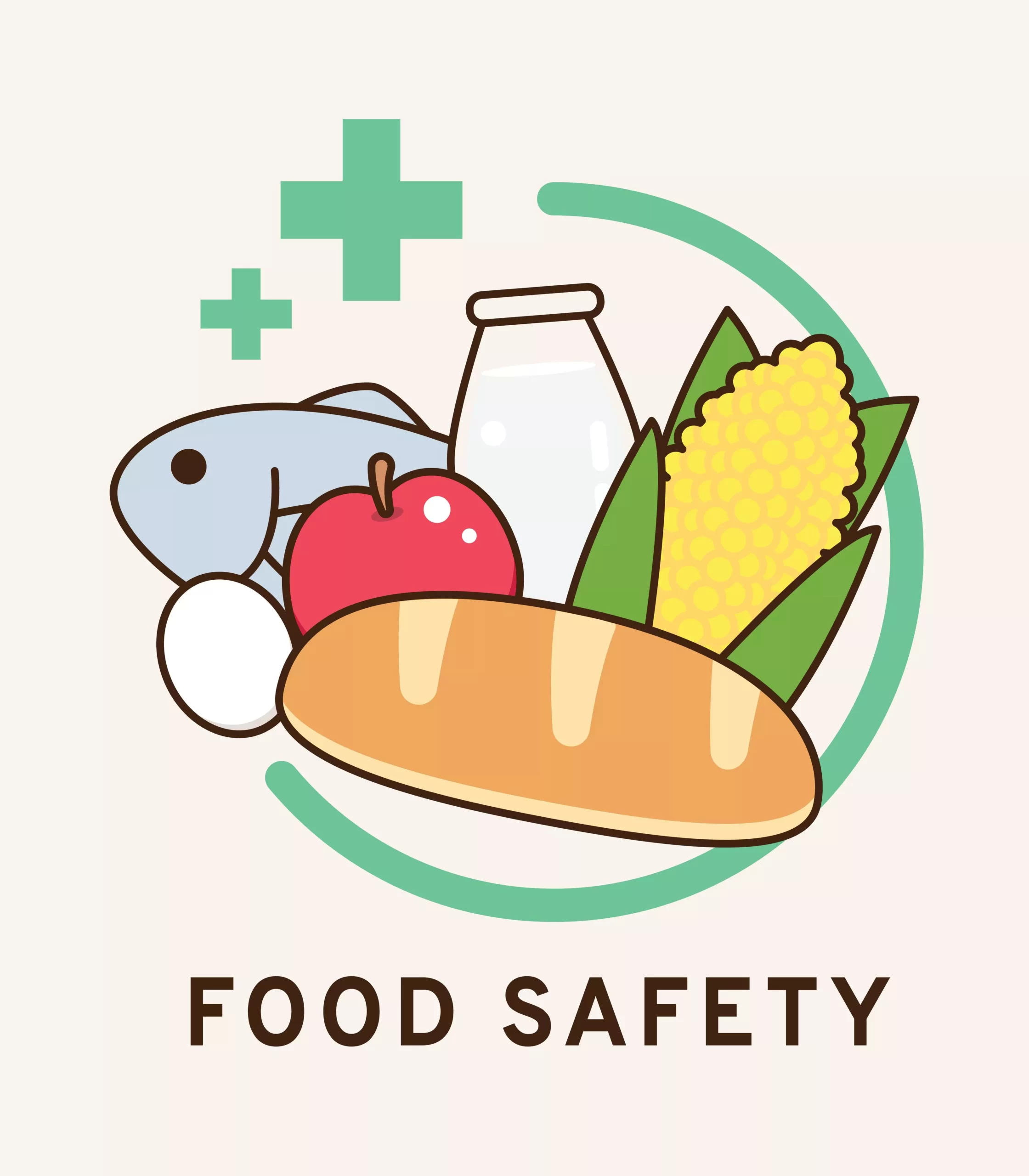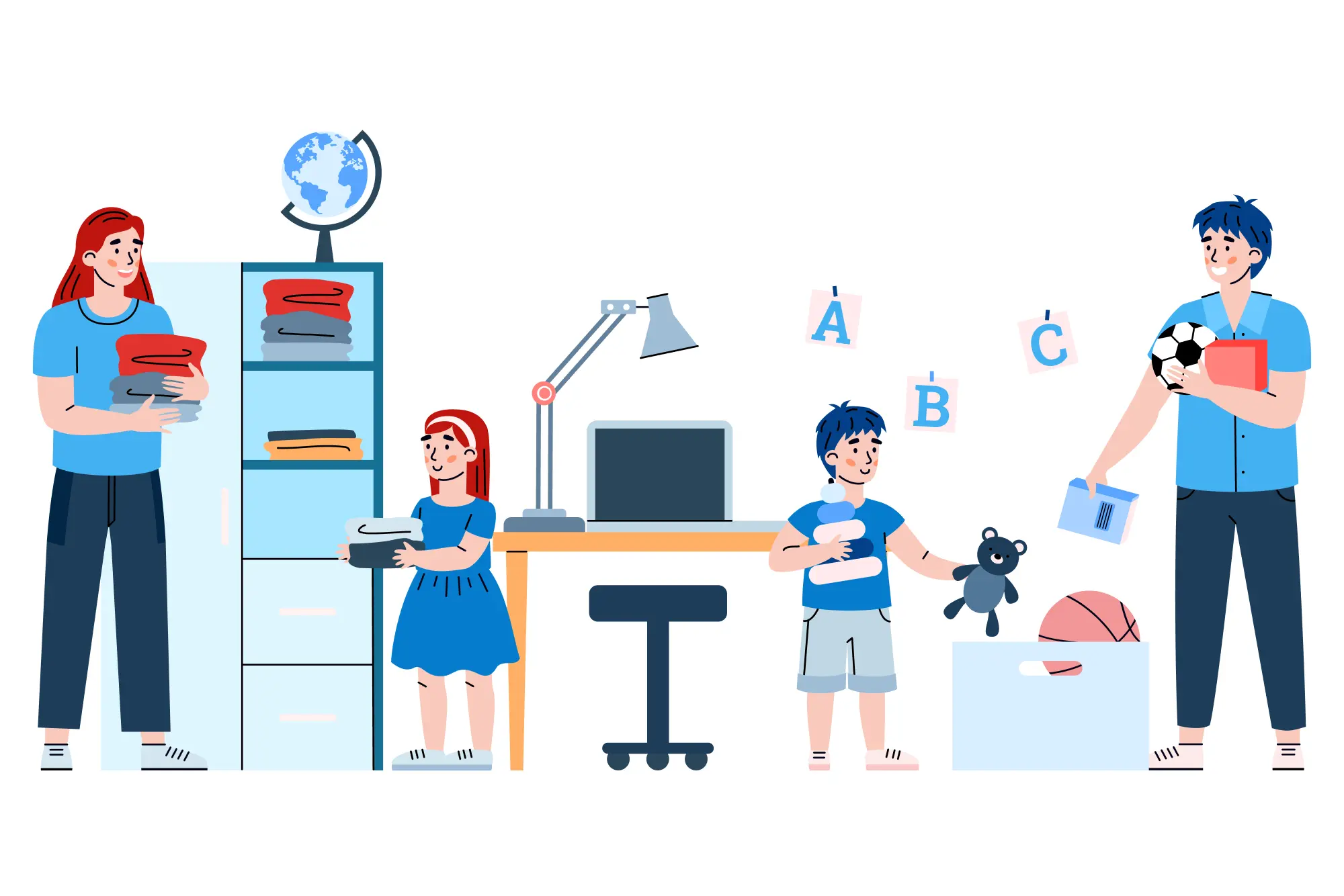No products in the basket.
Introduction
Special educational needs (SEN) can make it seem difficult to know where to start. You can learn everything you need about SEND and disabilities from this blog post.
We will discuss the various special educational needs and the offered support. Additionally touches on the rights of kids with special needs and disabilities.
Also, we’ll discuss getting help and what steps to take if you’re worried about a child’s educational needs.
What are Special Educational Needs?
Suppose a child “has a learning difficulty or disability. Which uses for special educational provision to be made for him or her,” as defined by Section twenty of the Children and Families Act 2014. In that case, that child is considered to have (SEN). The term “special educational needs,” also known as “SEN” or “SEND” (Special Educational Needs and Disabilities), refers to learning challenges or disabilities. That makes it more difficult for a child to learn than other kids his or her age.
Every child will experience difficulties with their learning at some point. These difficulties can be mostly resolved with the help of parents and teachers.
However, children with special educational needs and disabilities will need extra or different support to learn. Others may not have a diagnosis or a disability but still have SEND. Some children may have to SEND due to a medical condition or disability.
Support for children with special educational needs and disabilities can take many forms. Including access to specialised tools and resources and providing individualised lesson plans. To give each child the best chance of academic success.
It’s important to remember that SEND encompasses a wider range of children than those with a medical diagnosis. Children may also have experienced deprivation and struggled with their emotions and behaviours. Also, they need extra support in specific academic areas.
How is SEN Diagnosed?
There is a good opportunity that a child has special educational needs. Suppose they experience academic difficulties that go beyond common learning and behavioural problems. It takes a variety of evaluations and tests to diagnose special educational needs. The school identifies the child’s problem areas. Gathering data from parents, teachers, and other experts.
The school must then create a statement of special educational needs if SEN is suspected. This document describes how the school will support the child’s needs and includes a diagnosis. An educational psychologist or occupational therapist may evaluate the child. The declaration should also list potential extra resources. For example, speech or sensory integration therapy.
The local authority reviews the statement of special educational needs regularly. Parents can file an appeal if they don’t agree with the diagnosis or suggested support strategies. Once the statement is in place, parents can access more funding and resources. To guarantee their child receives the best care possible.
The 4 Areas of Need in Special Educational Needs
The four main SEND areas are:
- Communication and Interaction
- Cognition and Learning
- Social, Emotional and Mental Health difficulties
- Physical and Sensory Needs
So, these four areas aim to provide students with special educational needs (SEN). With the best learning environment possible. “SEN” refers to various learning disabilities and challenges a child may experience. These difficulties can be addressed by providing a thorough special education approach. You can find a wealth of useful information on special educational needs here. Many people consider pursuing the SEN path but need help determining where to begin. Over the past few years, the field of education has been known as special educational needs (SEN), which has attracted increasing attention.
Communication and Interaction:
A critical area of need in Special Educational Needs is communication and interaction. Children with special needs must have the interaction and communication to meet their unique needs.
Children with Special Educational needs (SEN) may struggle to understand spoken and non-spoken language. Express themselves verbally or interact socially with peers and adults.
For those who suffer from illnesses like Autism (ASC/Autism/Aspergers) or Speech, Learning and Communication Needs. This may be especially true (SLCN). Children who communicate and interact can have trouble making friends, participating in activities, and learning social skills.
So, for these kids to access education, they need more help and support. This might entail offering them access to specialized teachers or resources. That supports their particular learning requirements. For example, visual aids, speech and language therapy, or other types of therapy.
Cognition and Learning: There are four main categories when it comes to cognition and learning:
- Specific Learning Learning Difficulties (SpLD),
- Mild to Moderate Learning Difficulties (MLD),
- Severe Learning Difficulties (SLD), and
- Profound Multiple Learning Difficulties (PMLD)
Each of these areas has learning challenges that range in severity and have various effects on teaching and learning. Dyslexia, dyscalculia, and dyspraxia are all types of SPLD, the most prevalent learning difficulty. Individuals with SpLD might need extra help with literacy and academic learning. They may also gain from various learning strategies. For example, using visual aids or segmenting tasks into manageable pieces.
More severe than in SpLD, MLD involves academic learning and literacy difficulties. Students may need more help with problem-solving, reading comprehension, math, and written language. They might also need more time to finish tasks.
SLD may affect a student’s capacity for effective communication. As well as their capacity to learn, comprehend, and keep information. To meet their needs, students with SLD might need specialised instruction.
The physical, sensory, and communication needs of students with PMLD are harmed. As well as their capacity to comprehend and process information. They might need a lot of help to access learning, such as care and specialised equipment.
Social, emotional and mental health:
Children and teenagers with special educational needs may struggle with issues related to their emotional, social, and mental well-being.
Among them are anxiety, loneliness or withdrawal, and challenges. As well as disturbing behaviour, self-harm, depression, eating disorders, and substance abuse.
Early detection of these problems is crucial for implementing proper interventions and support. Schools must create a setting where students can express their emotions and deal with problems. They may be having while also feeling safe, secure, and respected.
Psychological therapies can assist kids in creating resilient coping mechanisms.
A nurturing environment with consistent, clear boundaries can aid a child’s understanding of emotions and behaviours.
Adults should respect young people’s ideas and feelings. Pay attention to their worries, and give them the resources to control their emotions.
Sensory and Physical Needs:
Visual impairment (VI), hearing impairment (HI), multi-sensory impairment (MSI), and physical disability (PD) are examples of sensory impairments.
Conditions like blindness, low vision, colour blindness, or partial sightedness are all examples of visual impairments.
Partial hearing loss and total deafness are two different types of hearing impairments.
A person with MSI has hearing and vision impairments, which can impact their ability to interact and communicate. Physical disabilities include illnesses like spina bifida, muscular dystrophy, or cerebral palsy.
Sensory and physical impairments can impact an individual’s capacity for learning. An individual with cerebral palsy might be unable to use a computer or hold a pen. At the same time, a child with hearing loss might have trouble understanding verbal instructions. As a result, the learning environment must change to meet the unique needs of people with these impairments.
Using assistive technology. Such as hearing aids or other gadgets, as well as specialised teaching techniques incorporating tactile materials and visual aids, can help.
To improve independence and social inclusion, special education programs should do so.
For instance, people with visual impairments can benefit from access to materials in Braille or large print format. Whereas people with physical disabilities may need help with daily activities.
Additionally, people with sensory and physical disabilities might need help from experts. For instant, physiotherapists or occupational therapists help them reach their objectives.
Who Provides Support for Special Educational Needs?
Many experts can offer help and counsel about special educational needs. Staff members in early years settings, such as nurseries and schools, may have experience working with kids with special needs and can guide parents and guardians.
Specialists with the knowledge and experience to assist those with special educational needs. Include occupational therapists, educational psychologists, and speech and language therapists.
It’s also critical for parents and guardians to understand. Organisations like SEN Support can offer advice and direction when required. These organisations can help parents and guardians navigate the SEN system.
If the school cannot meet certain requirements, SEN Support can assist. Early Years Settings should make reasonable adjustments for students.
A child’s eligibility for an Education Health Care Plan (EHCP) will depend on how severe their special educational needs are. An educational psychologist will be required to determine the child’s support level.
The parent will then be able to access services from health and social care providers. Those provided by early years settings are thanks to the EHCP.
Besides these services, families can get advice about special educational needs from organisations. For example, Contact and Mencap, and more information can be found online.
Learning about their unique needs is the greatest path to approaching a child with special educational needs. To confirm they get the most out of their education.
What are The Rights of Special Educational Needs Children and Families?

The right to “reasonable adjustments” that prevent them from being worse off than their peers. The right to be treated and have opportunities made available to them. As well as have positive relationships cultivated with kids and teenagers who do not have disabilities. The right to access an appropriate education that satisfies their unique needs. Which is adapted to their age, ability, and attitude and allows them to take part in school activities is one of the rights of a kid.
They also have the right to have their disability taken into consideration when decisions are made about their education and any necessary supports or accommodations.
The right to an individual needs assessment, an agreement of special educational needs, and an education, health, and care plan. This includes the right to receive the proper level of support from their local authority.
Children with special educational needs and disabilities also have the right to access healthcare if necessary, participate in extracurricular activities, receive professional support and information, and have their voices heard by those making decisions about their care.
For kids with special educational needs and disabilities to receive the best education possible and realise their full potential. These rights must be upheld.
Special educational needs support
The school or college where your child attends will provide special educational needs support.
If your child requires more support than their school can offer, they may need an education, health, and care (EHC) plan.
- Children under 5: Special educational needs support for children under 5 includes the following:
- A written assessment of their development once they turn 2 years old.
- A child health visitor will check your child’s health if they are between the ages of 2 and 3.
- A written test is given during your child’s first year of primary school’s summer session.
- Providing tools like tactile signs and other reasonable accommodations for kids with disabilities.
If your child does not attend a nursery, playgroup, or childminder. But you believe they may have special educational needs and disabilities. Speak to a doctor or health advisor. They will outline your options for support.
- Children between 5 and 15: If you believe your child requires:
- a specialised educational program
- additional guidance from a teacher or assistant
- to collaborate in a small group
- watching during class or a break
- assistance participating in class activities
- additional motivation to learn, such as extra prodding to try something challenging or ask questions
- assistance with interfacing with other kids
- assistance with physical or personal care challenges, such as eating, moving safely around school, or using the restroom
- Teenagers in further education who are at least 16 years old: Before your child begins further education, contact the college to ensure they meet your child’s needs. Your child will be informed about the support they require from the college and local government.
Characteristics of effective teaching and learning at EYFS
It’s a common misconception in the EYFS that kids “just play.”Practitioners are aware that play can result in worthwhile learning, though.
The EYFS exhibits traits of successful teaching and learning. These ensure that kids learn the skills that support their learning and growth in all the important and niche areas of learning.
Keeping in mind these necessary elements of teaching and learning supports the following:
- Playing and exploring, and how involved the child is as they learn and have firsthand experiences;
- Active learning and how a child is inspired to persevere in the face of challenges or how they take pleasure in accomplishments;
Also, Critical and creative thinking demonstrates how people learn, form their ideas, and develop plans to implement them.
SUMMARY
Children and adolescents with special educational needs (SEN) have learning difficulties. That makes it necessary for them to receive extra support to access education. Physical, sensory, emotional, and social needs and particular learning challenges. For example, dyslexia and autism are among them.
Various interventions and accommodations specific to the needs of the child or young person are used to support SEN. We want to make this Essential Guide to Special Educational Needs (SEN) article a comprehensive list of problems and solutions with traffic sources. If you know of something we missed, let us know with a comment below.
FAQs
Who is eligible for special educational needs support?
Extra help to access education due to a learning difficulty or disability. This includes people with special physical, sensory, emotional, or social needs and those with learning disabilities. For example, dyslexia, dyscalculia, or autism.
How are special educational needs support provided?
Various interventions and accommodations support special educational needs. For example, more one-on-one help, small-group work, or specialized tools and resources.
The kind and quantity of support will adapt to the child’s or young person’s specific requirements.
How can I learn more about SEN and the support available?
Contact your local education authority (LEA). Your child’s school, college, and other parents and professionals working with children with SEN. To learn more about special educational needs and support options.
Many books, websites, and other resources can give more in-depth details on particular SEN and support topics.
How can parents or guardians support their children with special educational needs?
Parents or guardians must know their child’s needs. Working with the school or college to support their child with special educational needs. To ensure their child receives the necessary support.
Additionally, they can help their children with homework. And give them opportunities to practice the skills they are learning at home.
What is an Education, Health and Care (EHC) Plan?
A child with special educational needs (SEN) will receive more support. For example, specified in an Education, Health and Care (EHC) Plan, a legal document.
It is for kids and teenagers who need more help than what the college’s or school’s SEN support can offer.
The child’s or young person’s needs, the outcomes they are working toward, and the support. That will help them achieve those outcomes are all outlined in this document, which combines information from education, health, and social care services.
What methods do schools and colleges use to recognize and assist children and teenagers with SEN?
Schools and colleges use a variety of strategies. Including early identification and intervention, differentiating the curriculum, and providing extra support and resources. To identify and help children and young people with special educational needs (SEN).
To guarantee that children and young people with SEN receive the support they need to access education and make progress. Also, they work with parents and other professionals, such as health and social care services.
What are the different provisions for special educational needs students?
Some students with SEN diagnoses continue to attend mainstream schools. There may be an SEN unit with trained Learning Support Assistants to best meet the child’s needs.
The child may pair with a Teaching Assistant on a small group basis. If the school does not have SEN provisions, they may meet outside of class to ensure that education is accessible.
Moreover, some students with SEN diagnoses continue to attend mainstream schools. There may be an SEN unit with trained Learning Support Assistants to best meet the child’s needs.
The child may pair with a Teaching Assistant on a small group basis. If the school does not have SEN provisions, they may meet outside of class to ensure that education is accessible.
There are PRUs (Pupil Referral Units), an alternative provision for students who cannot attend a mainstream school. Also, special educational needs Schools are created for students with various learning and physical needs.
There are PRUs (Pupil Referral Units), an alternative provision for students who cannot attend a mainstream school. So, special educational needs Schools are created for students with various learning and physical needs.





